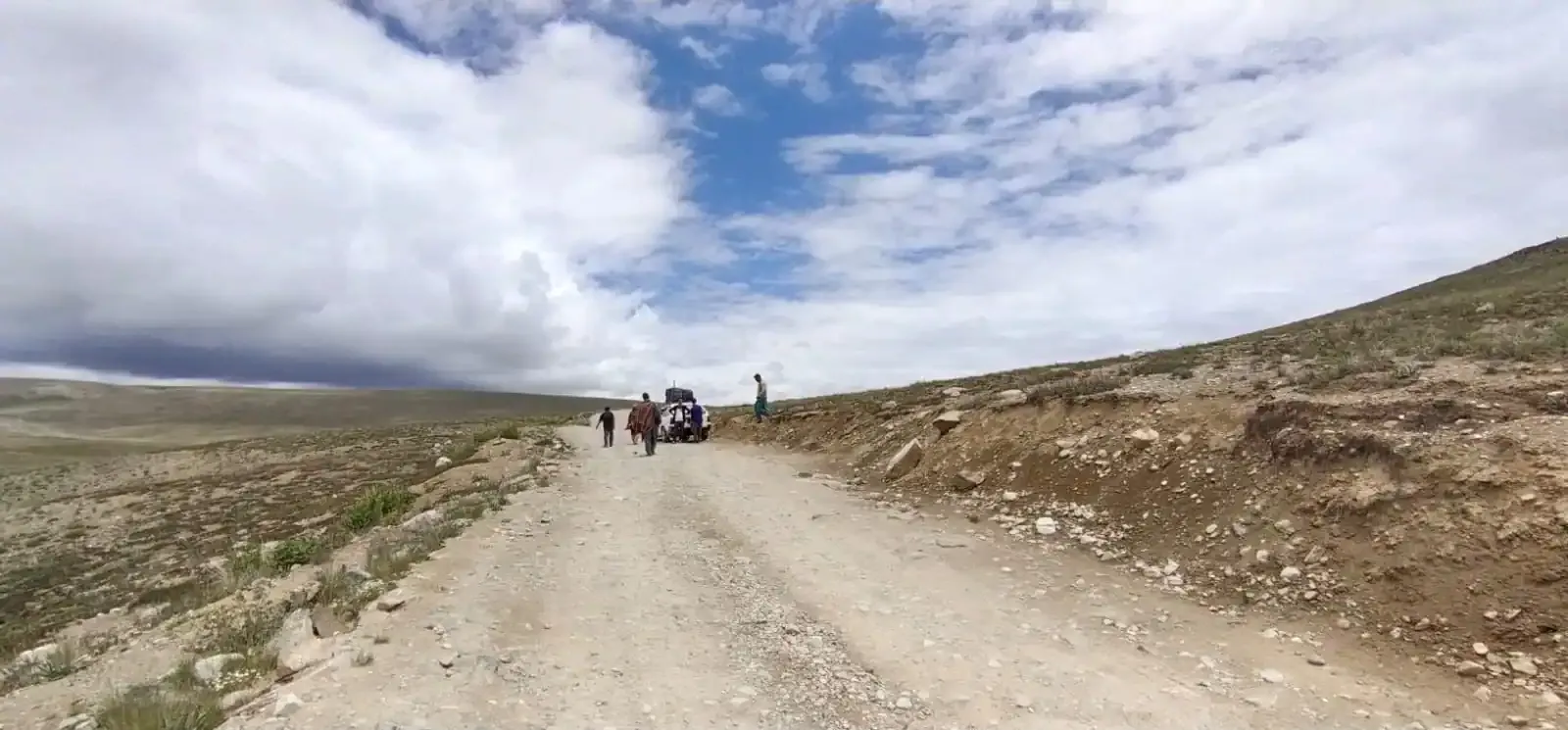Discover the breathtaking landscapes, wildlife, and adventure awaiting you in Deosai National Park. Explore Pakistan's hidden gem!
Introduction
Nestled
amidst the majestic Himalayas and Karakoram ranges, Deosai National Park is a
hidden gem in Pakistan's wilderness. This pristine sanctuary, often referred to
as the "Land of Giants," boasts awe-inspiring landscapes, unique
flora and fauna, and promises an unforgettable adventure for nature
enthusiasts. In this blog post, we will take you on a virtual journey through
the mesmerizing Deosai National Park.
Table of Contents
- Genesis of Deosai National Park
- Geographical Marvel: The Plateau of Giants
- Flora and Fauna: A Biodiversity Hotspot
- The Nomadic Life: Shepherds of Deosai
- Deosai Bears: Guardians of the Plateau
- Legends and Myths: Deosai's Mystical Aura
- Exploring the Park: A Visitor's Guide
- Conservation Efforts: Protecting Deosai's Ecosystem
- Deosai in Literature and Art
- The Road Less Traveled: Treks and Trails
- Deosai in All Seasons: A Year-round Destination
- Local Communities: The Human Aspect
- Birdwatching Paradise: Avian Diversity
- The Future of Deosai National Park
- Conclusion: Embracing the Deosai Experience
1. Genesis of Deosai National Park
Deosai National Park was
officially established in 1993, but its history dates back much further. This
pristine wilderness was once a hunting ground for British colonialists during
the Raj era. Over the years, it evolved from a remote, undiscovered expanse
into the national treasure we know today.
2. Geographical Marvel: The Plateau of Giants
Deosai is frequently known as the ' Land of Giants' because
of its expansive plateau, spanning more than 3,000 square kilometers and
perched at an elevation of 4,114 meters. Picture yourself standing atop the
Earth's highest plateaus, encompassed by limitless undulating plains.
3. Flora and Fauna: A Biodiversity Hotspot
The park is a biodiversity
hotspot, boasting a unique blend of flora and fauna. Rare and endangered
species like the Himalayan brown bear, snow leopard, and ibex call Deosai home.
Its lush meadows burst into a riot of colors during the summer, making it a breathtaking sight.
4. The Nomadic Life: Shepherds of Deosai
Nomadic shepherds known as the
'bakarwals' have roamed these highlands for centuries. Their traditional way of
life is intimately connected to the seasonal migrations of their livestock.
It's a testament to the harmonious coexistence of humans and nature.
5. Deosai Bears: Guardians of the Plateau
The Himalayan brown bear, also
known as the 'Deosai bear,' is the park's iconic resident. These magnificent
creatures symbolize the delicate balance of nature in this high-altitude
habitat. Conservation efforts are vital to protect these gentle giants.
6. Legends and Myths: Deosai's Mystical Aura
Deosai has always been shrouded in
mystery and mystique. Local folklore tells tales of supernatural beings and
ancient civilizations that once thrived in
the region. Exploring its myths adds an extra layer of intrigue to your visit.
7. Exploring the Park: A Visitor's Guide
Planning a trip to Deosai?
Discover the best time to visit, how to get there, and the top attractions you
can't miss. From Shausar Lake to Bara Pani, we've got your ultimate guide to
exploring this natural wonder.
8. Conservation Efforts: Protecting Deosai's Ecosystem
Preserving this delicate
ecosystem is paramount. Learn about the conservation initiatives in place and
how you can contribute to ensuring Deosai remains a sanctuary for generations
to come.
9. Deosai in Literature and Art
Deosai has inspired poets, writers,
and artists for centuries. Explore the rich tapestry of literature and art that
celebrates the park's beauty and cultural
significance.
10. The Road Less Traveled: Treks and Trails
For the adventurous souls, Deosai
offers a plethora of trekking and hiking opportunities. From short day hikes to
challenging multi-day treks, there's an adventure
waiting for every level of explorer.
11. Deosai in All Seasons: A Year-round Destination
Deosai's beauty knows no bounds,
regardless of the season. Discover the unique charms of this park during
spring, summer, autumn, and the ethereal winter landscape that blankets the
plateau.
12. Local Communities: The Human Aspect
Meet the resilient communities
that call the surrounding villages home. Their stories and traditions are an
integral part of the Deosai experience, showcasing
the human connection to this pristine wilderness.
13. Birdwatching Paradise: Avian Diversity
Birdwatchers, rejoice! Deosai is
a haven for avian enthusiasts, with a staggering variety of bird species. From
eagles soaring high to delicate songbirds, you'll be captivated by the birdlife
here.
14. The Future of Deosai National Park
What does the future hold for
Deosai? Discover ongoing projects, challenges, and
the collective vision for ensuring the park's long-term sustainability.
15. Conclusion: Embracing the Deosai Experience
In conclusion, Deosai National
Park is a testament to the remarkable beauty and diversity of our planet. It
offers a glimpse into a world untouched by
time, where nature reigns supreme. Whether you seek adventure, solace, or
simply a deeper connection with the natural world, Deosai welcomes all with
open arms.
Frequently Asked Questions
What is the best time to visit Deosai National Park?
The best time to visit is from late
spring to early autumn when the meadows burst into bloom, and wildlife is more
active.
Are there any accommodations within the park?
Accommodations are limited within
the park, but nearby towns like Skardu offer various lodging options.
Can I spot a snow leopard in Deosai?
While snow leopards are elusive,
there have been sightings. Patience and luck are key to spotting these
magnificent creatures.
Are there any trekking restrictions in the park?
Some areas may have restrictions
due to conservation efforts. It's essential to check with park authorities
before planning your trek.
How can I contribute to Deosai's conservation?
You can contribute by following responsible tourism practices, supporting local communities, and participating in conservation initiatives.







0 Comments